Version 24.0

Written & Compiled by Macklin Andrick, GPJ Sr. Creative Technologist
GPJ’s Experience Technology practice is your trusted guide through the latest technological shifts and how they might benefit your next experience. Another week, another opportunity to explore some of the weird and wild things going on in the tech world!
Welcome to the future, straight from CES 2024! The OpenAI GPT Store is opening its virtual doors, offering a new age of AI apps. Rabbit R1, an AI-powered gadget gets ready to handle your apps while you kick back. And high above, Hyundai’s Air Mobility Division unveils the S-A2 eVTOL Aircraft, taking flight into the future.
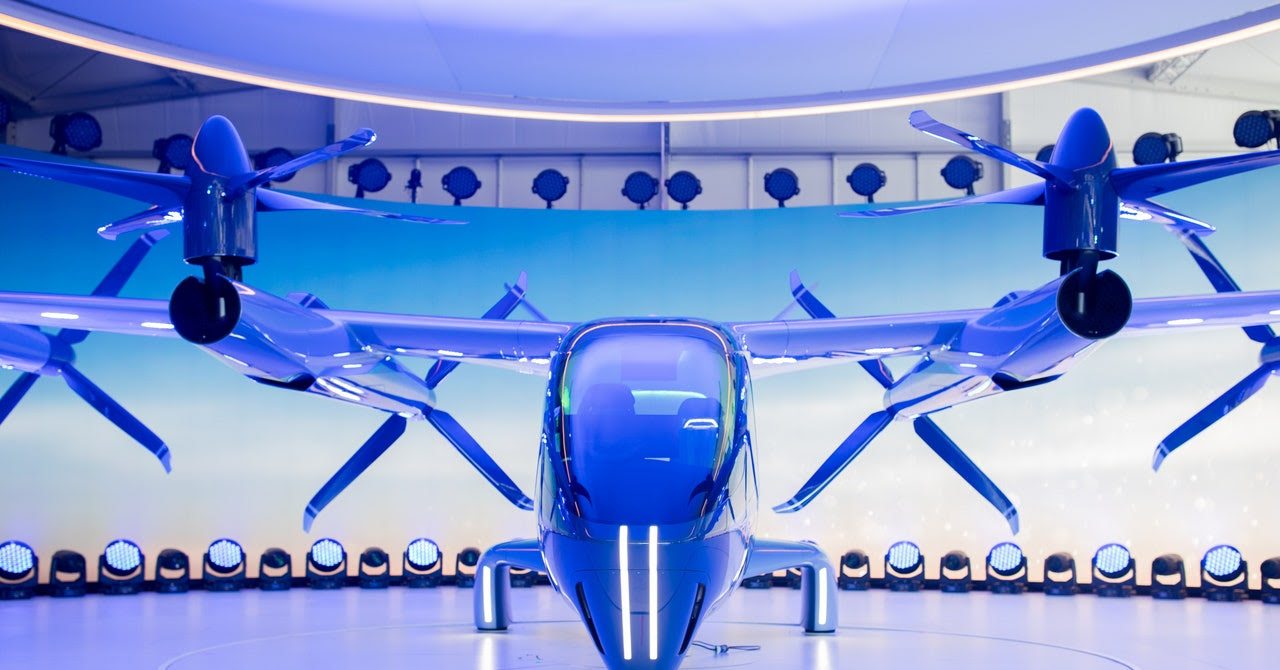
Hyundai Motor Group’s Air Mobility Division Unveils S-A2 Passenger eVTOL Aircraft
At this year’s CES, the focus shifted towards flying cars, particularly highlighted by Supernal’s showcase of the S-A2, an electric vertical takeoff and landing craft (eVTOL) aimed for urban mobility. The S-A2, designed for a pilot and four passengers, promises safe and affordable air travel with a unique design inspired by nature. Supernal aims for high safety standards and plans to enter the market by 2028. Other companies like Xpeng’s AeroHT and Pivotal also revealed their flying car concepts, signaling a growing trend in this innovative transportation sector.
Introducing the GPT Store
Two months after the launch of custom ChatGPT versions, over 3 million have been created. The GPT Store, now accessible to ChatGPT Plus, Team and Enterprise users, offers a selection of GPTs for various purposes. The store showcases popular GPTs in categories like DALL·E, writing and education, and features weekly highlights like AllTrails, Consensus and Canva. Users can build and share their GPTs, adhering to OpenAI’s usage policies and review system. A revenue program for GPT builders is planned, and Team and Enterprise plans offer additional management options for GPTs. Explore these GPTs at chat.openai.com/gpts.
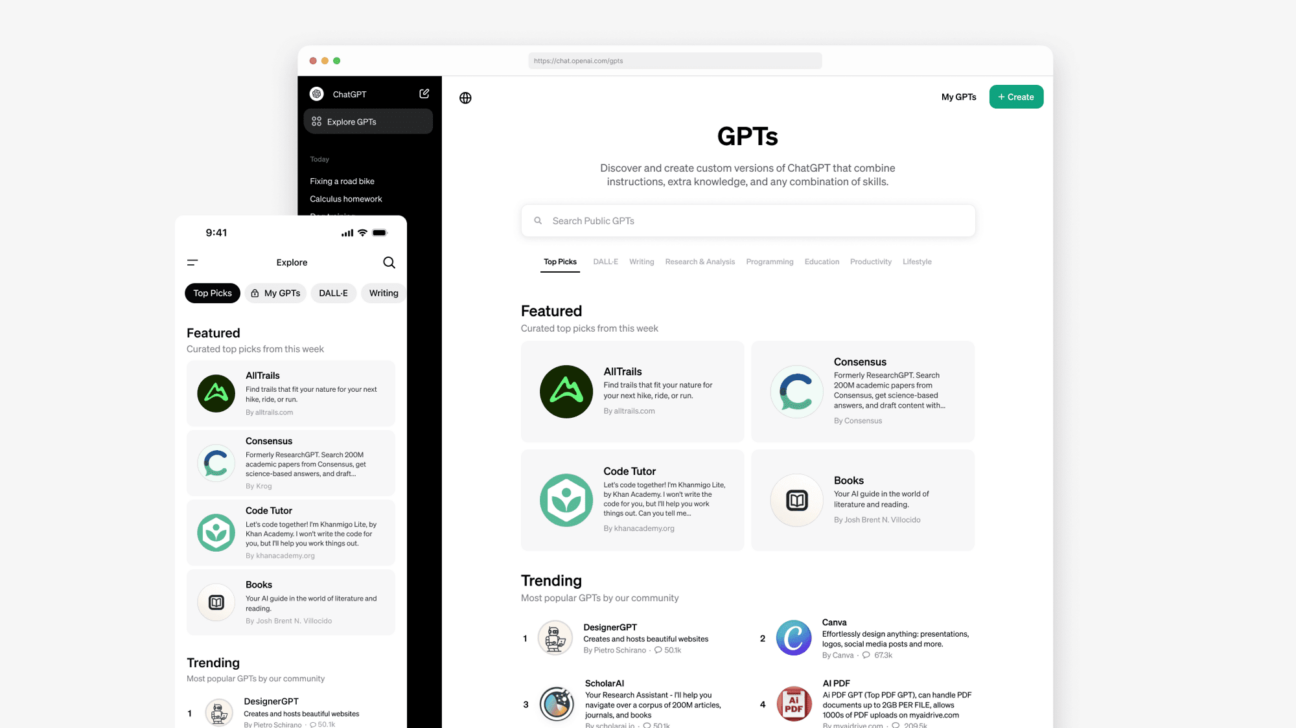

Sony premieres immersive Ghostbusters experience at CES 2024
Also at this year’s CES, Sony showcased its commitment to enhancing creative experiences through immersive exhibits, prominently featuring the Ghostbusters franchise. Highlights included the VR game “Ghostbusters: Rise of the Ghost Lord,” and an interactive demo set in a marshmallow-laden New York City, using sensing and interactive technologies. Attendees experienced a live-controlled Mini-Puft character, an action sequence with the Ecto-1, and Sony’s haptic technology simulating a marshmallow-covered floor. Ghostbusters producer Eric Reich shared videos of his experience with these technologies. Additionally, Sony promoted Ghostbusters-themed location-based entertainment like Wonderverse, Columbia Pictures’ Aquaverse and Immersive Gamebox’s “Ghostbusters: The Cursed Collection,” setting up for the sequel film “Ghostbusters: Frozen Empire,” set for an earlier theater release.
Transparent LED displays that project films on glass
LG and Samsung have unveiled their transparent LED displays, a revolutionary development in home entertainment. These displays project movies and images on glass, giving a hologram-like effect and can be used as active home furnishings. LG’s Signature OLED TV, an advancement from its earlier OLED models, features a see-through glass display with wireless AV technology, making it a potential world-first in wireless transparent LED displays. It offers two modes: Transparency Mode for a 3D hologram effect and Black Screen Mode for conventional viewing, along with a 4K resolution, Alpha 11 Processor, and an OLED T-bar for current events. Samsung’s debut of its transparent MICRO LED display at CES 2024 showcases a boundary-pushing design with clear, glass-like displays that can animate environments, offering a futuristic viewing experience. Both companies are set to release these innovative displays globally within the year, promising a significant shift in how visual content is experienced in various settings.
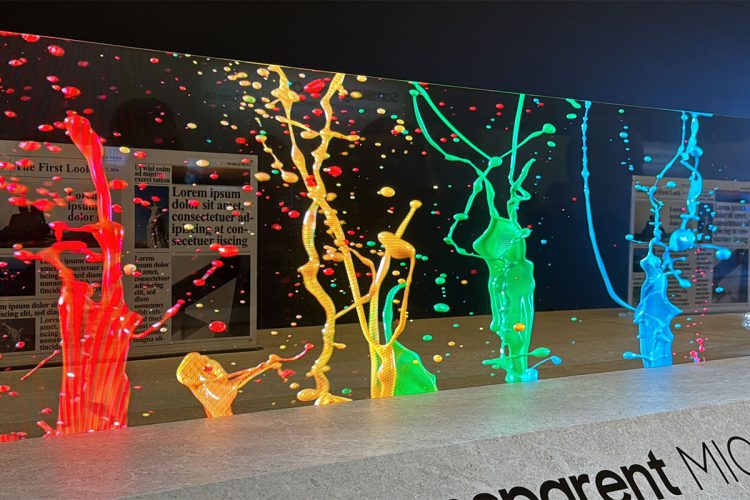
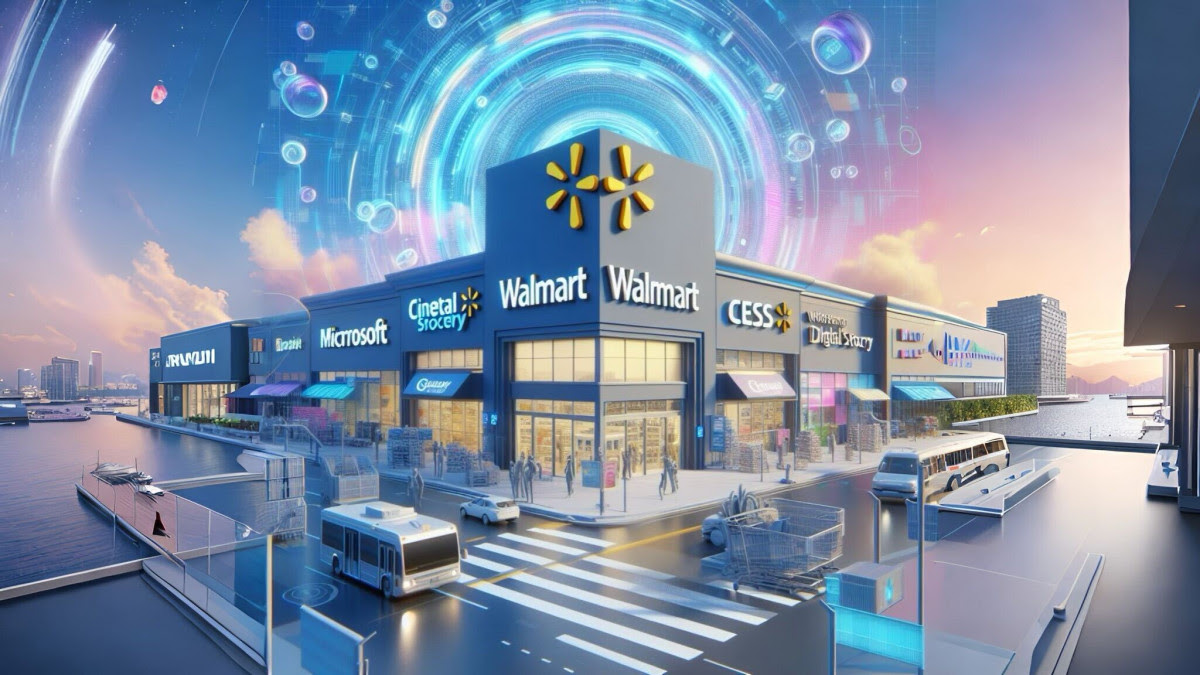
Walmart Unveils Generative AI Tools for Shoppers and Associates
Also at CES 2024, Walmart unveiled two generative AI tools in collaboration with Microsoft, aimed at improving the shopping experience for customers and increasing productivity for associates. The first tool, GenAI search, integrates Microsoft’s AI models with Walmart’s shopper data, allowing customers to efficiently find products based on use cases, rather than traditional brand names or descriptions. This tool is available across iOS, Android and Walmart’s website, offering personalized and contextually aware search results. Additionally, Walmart introduced the “My Assistant” app for its non-store associates, designed to assist with tasks like summarizing documents and content creation, enhancing productivity and efficiency. These innovations, leveraging large language models and retail-specific data, are part of Walmart’s strategy to enhance digital customer engagement and employee satisfaction using AI technology.
The Rabbit R1 is an AI-powered gadget that can use your apps for you
The Rabbit R1 is a $199 AI-powered device showcased at CES 2024. It’s designed not to replace smartphones but to act as a universal controller for various apps, using Rabbit OS based on a “Large Action Model” (LAM). This model enables the R1 to control apps and perform tasks like ordering a car, buying groceries, or sending messages through a single interface. The device, featuring a touchscreen, rotating camera, and a scroll wheel/button, learns from human interaction with apps, understanding their functionalities and interfaces. It also offers a training mode where users can teach the device specific tasks, which it can then automate. The R1, which is now sold out of its initial run and taking pre-orders for a second shipment, represents a new approach to AI integration in everyday tasks, promising a more streamlined and intuitive user experience.
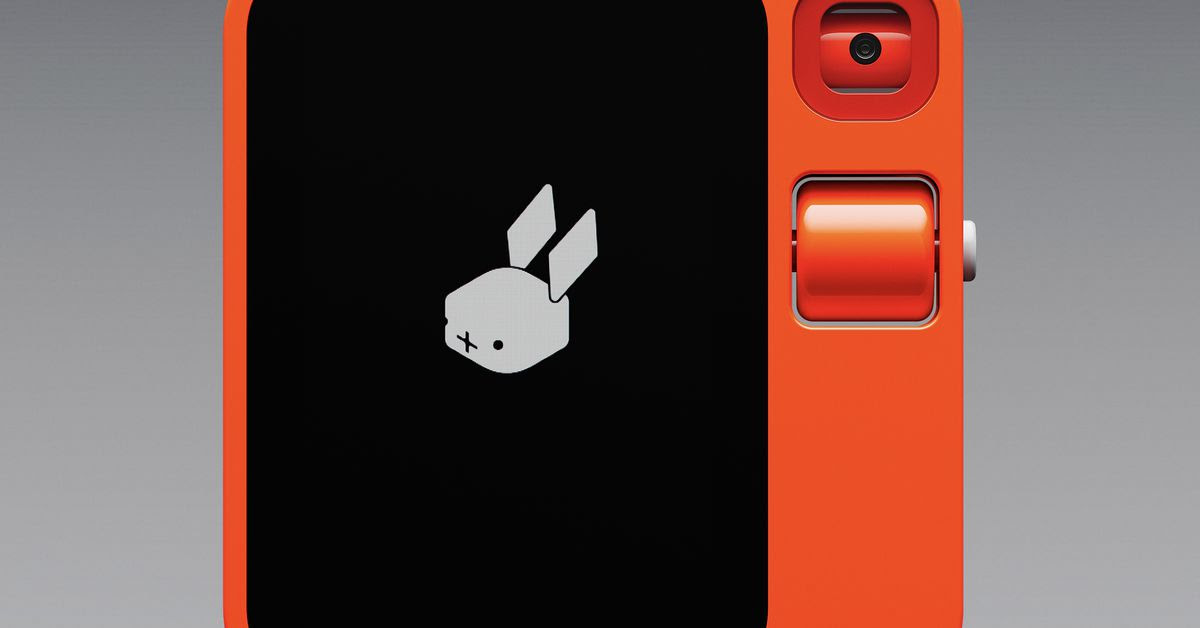
More Cool Stuff We Found
- CES 2024: Everything revealed so far
- Apple Vision Pro available in the U.S. on February 2
- Waymo’s driverless cars are finally ready for the highway
- 58 rules for beautiful UI design
- Wi-Fi 7 quietly took off while everyone was looking at AI
- Amazon Unveils Matter Casting Standard as Interoperable Alternative to AirPlay
- Planet-centric design
- Ixana’s Wi-R Technology: Revolutionizing Wireless Communication with Secure, High-Efficiency Connectivity
Missed a Creative Tech Byte? Find all previous versions here